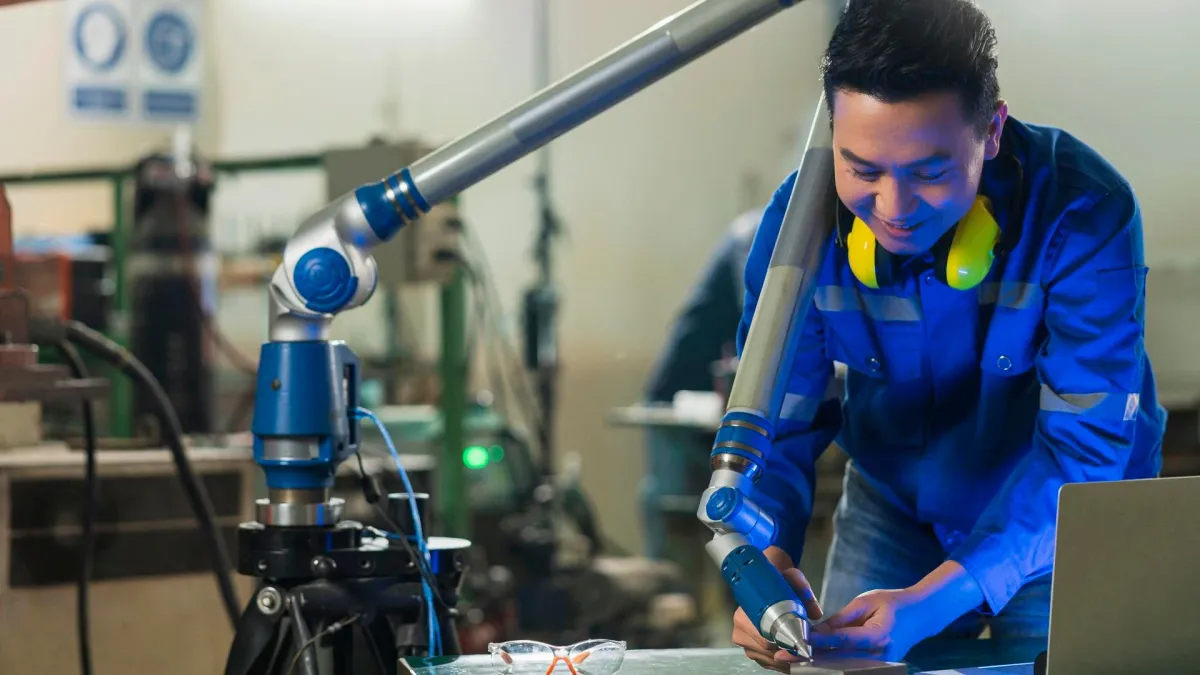
EEC Model: A Model of Modern Education to Build a Workforce to Meet Industry Demand
EEC Model workforce capability development involves the restructuring of personnel development from “Supply Push” to “Demand Driven” and is considered a model for modern education, as it strives to build a workforce to meet industry demand with the involvement of establishments as co-trainers and co-payment.
Workforce development according to the demand-driven principle and co-payment is divided into two types:
1. EEC Model Type A: Course development and long-term workforce planning with 100% of the costs paid by the private company.
Format: Educational institutions and entrepreneurs closely collaborate to organize educational subject matter.
Educational institutions and establishments jointly produce personnel from the beginning. The curriculums are developed and improved to meet industry demand. The establishments support trainers, tools, and equipment; they accept students for internships at workplaces, and recruit them to work with a higher salary than new graduates in the same field. Additionally, students do not have to pay tuition fees and expenses during the program.
Currently, there are a number of institutions participating in the management of higher education in the EEC, consisting of seven universities and 12 vocational schools, with a total of 4,660 personnel to be developed, as follows:
120 students from higher education institutions, e.g.,
3,471 students from vocational schools, e.g.,
1,069 students from private institutes, e.g.,
2. EEC Model Type B: Short-course training to add workforce immediately, with 50:50 public and private cost sharing.
Model: Produce workers in an urgent phase, and they graduate with a job.
The training curriculum must be approved and certified by the working group, with the main aim being to equip personnel with skills in advanced science, technology, and engineering. The key criteria for curriculum accreditation are as follows:
Ninety-three training courses are approved under the EEC model Type B. There are 3,732 workers trained, i.e., 212 in 54 courses of robotics industry, 3,520 in 25 courses of future automotive industry, and 4 courses of smart electronics industry.
Source: Office of the Eastern Special Development Zone Policy Committee, CAT Telecom Building, 25th Floor, 72 Soi Wat Muang Khae, Charoenkrung Road, Bangrak Subdistrict, Bangrak District, Bangkok 10500
Tel. +66 2033 8000